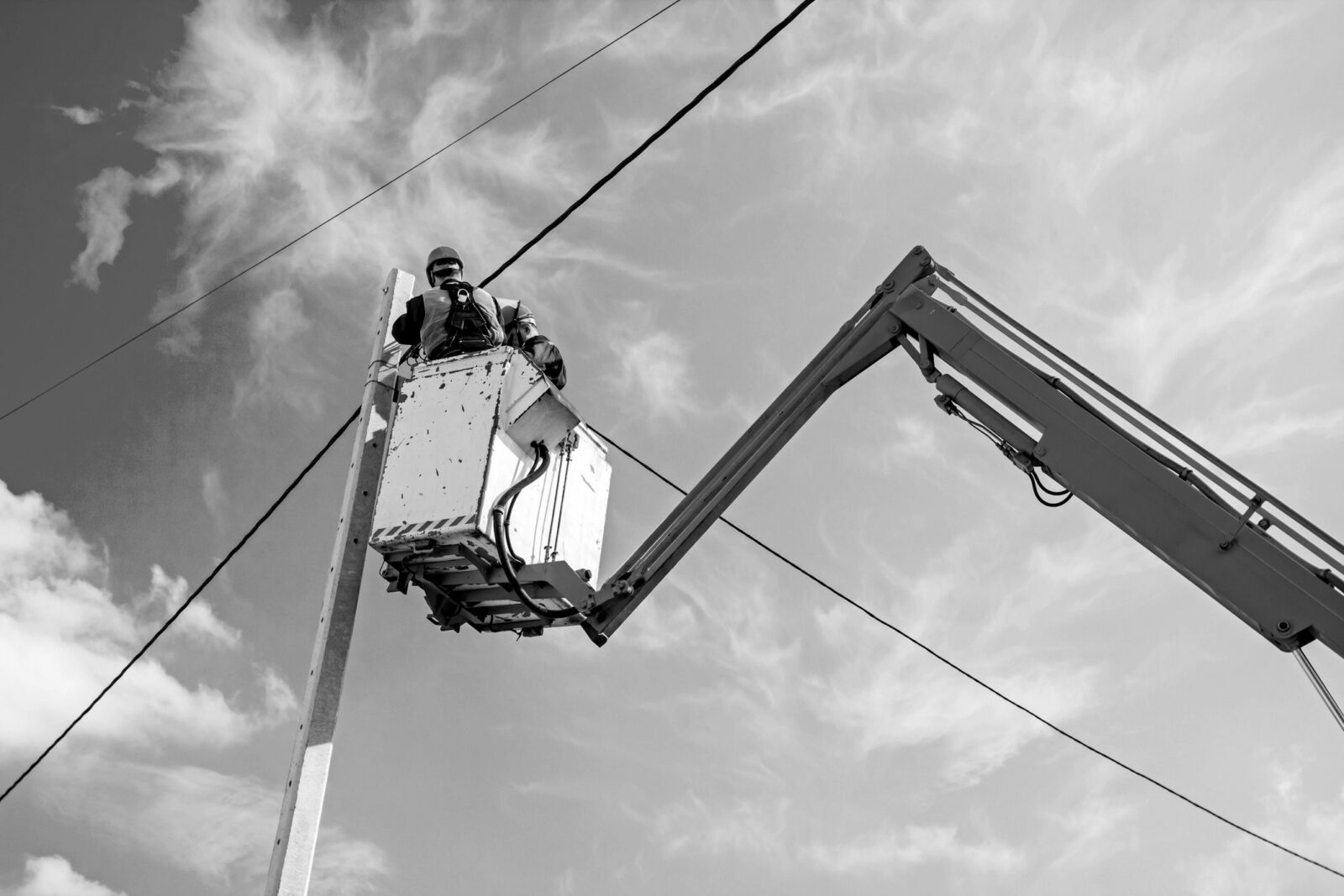Construction accidents are devastating due to the severity of their injuries on those present on the site.
Construction sites are extremely hazardous; they are even more so when safety protocols are not thoroughly followed or when equipment does not function properly. When heavy equipment is defective or malfunctions and a construction worker is injured or killed; as a result, any or all parties involved in the design, manufacturing, or marketing of that piece of equipment may be held liable.
Construction Equipment Commonly Involved in Product Liability Cases
Nearly any type of heavy equipment used in construction can be the subject of a product liability case, as long as the construction worker injured by the equipment was using it for its intended purpose at the time of the accident. Common types of heavy construction equipment that might be defective include:
- Bulldozers
- Excavators
- Pavers
- Pile drivers
- Backhoe loaders
- Track loaders
- Cherry pickers
- Cranes
- Forklifts
- Drilling machines
- Tractors
- Harvesters
- Material handlers
- Dump trucks
- Wheel dozers
- Articulated haulers
- Steam shovels
- Graders
- Pipelayers
- Skid loaders
- Compactors
A flaw in any machinery or equipment can be dangerous; however, these types of heavy equipment rely on the absolute precision of their parts to be as safe as possible. Any defects in their parts can lead to catastrophic injuries and even deaths, although everyone might have followed the strictest safety protocols.
The Doctrine of Strict Liability in Defective Product Cases
In many construction accidents, injured victims and their families are limited in their rights to seek damages by workers’ compensation laws. However, when third parties such as manufacturers become involved, the rights of workers expand considerably.
In defective product cases, the victims’ rights expand even further as the doctrine of strict products liability comes into play. According to this doctrine, it is unnecessary to provide evidence of a specific act of negligence of the designer, manufacturer, or other parties responsible. The defect that caused the injury to the construction worker who used the defective piece of heavy equipment – the flaw is evidenced enough of that negligence. What our lawyers must show is that:
- The design, manufacturing, or marketing defect did, indeed, exist and could not possibly have been foreseen by a reasonable person;
- The equipment was being used for its proper and intended use by a worker trained, skilled, and approved to use it;
- The design, manufacturing, or marketing was defective, causing the accident.
- The worker operating the equipment and other people in the vicinity of that piece of equipment was injured as a result of the accident;
- Therefore, the party or parties involved with the design, manufacturing, and marketing of the equipment are liable for damages resulting from the accident.
Contact Flickinger • Boulton • Robson • Weeks for an Evaluation of Your Case
If you’ve been involved in one or more construction accidents and require compensation for your injuries, contact Flickinger • Boulton • Robson • Weeks today. We have years of experience fighting for our clients and their needs. If you’re ready to take the next step towards fair compensation, contact us today for a free evaluation of your case and to learn more about this legal process.
We have offices in Utah County and Salt Lake County in Provo and South Jordan, Utah respectively. We serve all residents of Utah who have been involved in a personal injury accident, including car accidents, workers’ compensation, and abuse.



